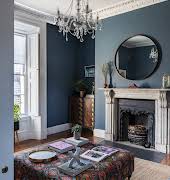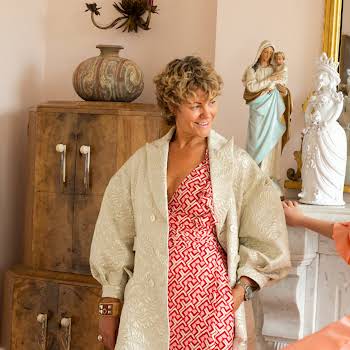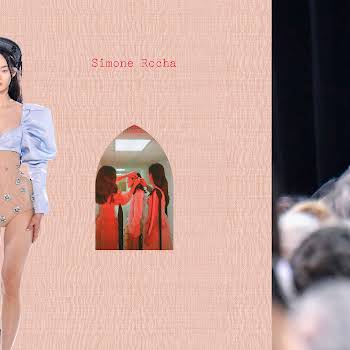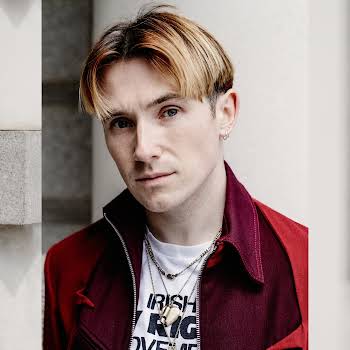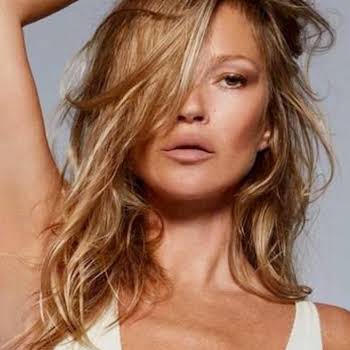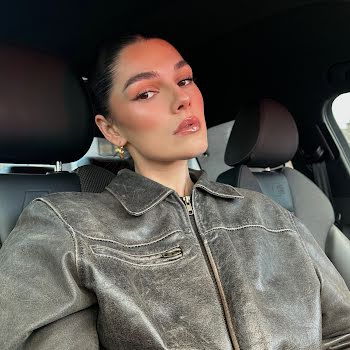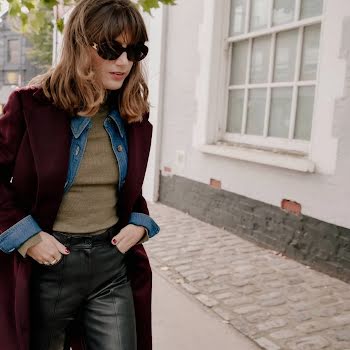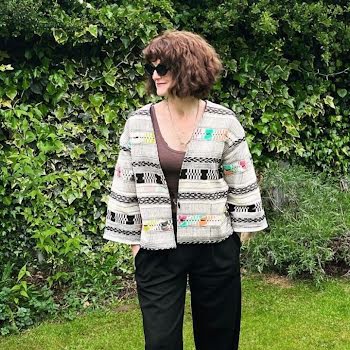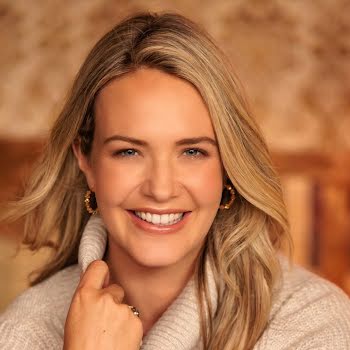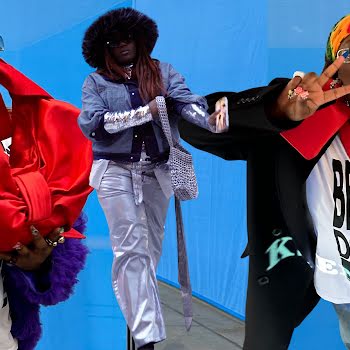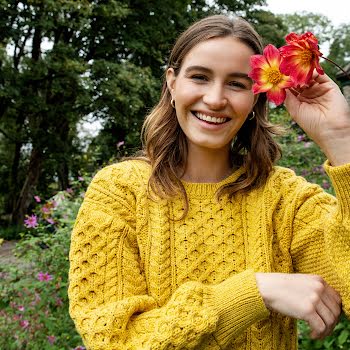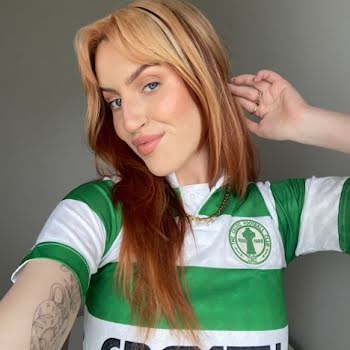
Diversity is more than a buzzword in fashion; it’s something Irish women are championing every day
By Marie Kelly
16th Apr 2019
16th Apr 2019
Each time I tune into The Guilty Feminist podcast, I listen to and laugh conspiratorially at Deborah Frances-White’s “I’m a feminist, but…” confessions before throwing my own into the pot. These include “I’m a feminist, but… I’m a complete techno-phobe and will happily ask a man to change the SIM card in my phone” or “I’m a feminist, but… it takes me ten manoeuvres to parallel park my car.”
I’m also a feminist who has worked in fashion media for 20 years and watched as one model after another has been airbrushed to make her “cover-worthy”. This means eliminating lines and softening dark circles, yes, but it has often stretched to thinning out arms, reshaping jaw lines and plumping up lips. Women have been caricatured and genericised in magazines, film and advertisements for most of my life. I remember one particular incident some 16 years ago, when I was working in magazines in London. GQ ran a cover of British actress Kate Winslet, where her legs had been significantly lengthened. The public was appalled; Winslet had always pitched herself as the girl next door who’d made it in Hollywood despite her refusal to conform to LA’s skinny aesthetic, and women loved her for that. The backlash against the cover – the first outrage of its kind that I can remember – was enormous and prompted Winslet herself to release a statement saying, “The retouching is excessive. I do not look like that, and more importantly, I don’t desire to look like that.”
Almost two decades on, and the conversation around idealised images of women and real beauty continues. February’s cover of Red magazine featured a completely unretouched Jameela Jamil, a British TV presenter and actor, who adopts a blanket rule against airbrushing and is a vocal activist on issues surrounding disability and body image (she suffered from anorexia as a teenager and had to learn to walk again after being injured in a serious car accident at 17). As a former model, Jamil is blessed with traditional good looks, but still, on the cover of Red, she had arm hair and bumpy skin, bruising and fine lines – things women have always been told were unattractive or unfeminine.

The unretouched cover of Red featuring model Jameela Jamil.
There is a change happening in fashion, and it’s visible among the industry’s top tier as well as our own peers; women, and men, are re-evaluating how women are presented and perceived in the media. Vogue editor Edward Enninful is one of the most powerful champions of this agenda and is using his enormous influence as editor of what is arguably the most powerful brand in fashion to rock the proverbial boat (he snapped up Irish activist Sinéad Burke as a contributor after her TED Talk on diversity and design went viral), but there are plenty of others who don’t have his platform, yet are effecting change one small, but important, step at a time.
At age 61, former model Mary Dunne (read our interview with her in the April issue of IMAGE Magazine) gave up dying her hair blonde and embraced her naturally lovely shade of silver before stepping into the virtual unknown of Instagram and using this platform as a stage on which to say, it’s okay to go grey; it’s okay to grow older; it’s okay to want to “be seen” beyond the age of 30. This sentiment – visibility in old age – was embraced by Irish designers Richard Malone and Simone Rocha on their AW19 catwalks, as they cast models from ages 20-odd to 70-odd. Two young designers credited with bringing some of the most exciting pieces to London Fashion Week are saying quite plainly that directional fashion doesn’t end for women when they reach middle age.

Richard Malone demonstrates that women of all ages can wear his designs.

Simone Rocha has always embraced diversity at her catwalk shows by casting older models.
Nikki Creedon, owner of Havana, the only stockist of Simone Rocha in Ireland, has consistently defied any older woman stereotyping with her conceptual buy for the Donnybrook boutique, which has always had a mature clientele. She herself epitomises ageless style and is often seen wearing Simone Rocha, Haider Ackermann and Rick Owens – not traditional sartorial territory for the over 50. Perhaps now that Chanel is entering a new era under the direction of Virginie Viard, after the passing of Karl Lagerfeld, the French fashion house will look at how it presents its collections to customers who are, for the most part, probably three decades older than the models who walk its catwalk (or should I say beach, airport, forest…?).

Directional dresser Nikki Creedon, owner of Havana boutique.
While Sinéad Burke has managed to captivate some of the most powerful individuals in fashion with her message of inclusivity (“It’s just about… taking that time to think of others and constantly saying, ‘Who is not accommodated for? And how can I use my power and privilege to bridge the gap?’”), Dublin-based journalist Louise Bruton is also reinforcing the message that it’s no longer sufficient for fashion to consider just one body type. The 31-year-old wheelchair-user and founder of the blog Legless in Dublin has written powerfully about the need for clothes designed to specifically fit a wheelchair-user’s body. Last year in an article for IMAGE.ie, she explained, “With my chair and my curved spine, clothes just sit differently on me… Shopping for dresses and jumpsuits that don’t mesh with my wheelchair has left me feeling deflated and questioning what it means to feel feminine and stylish…”

Activist Sinéad Burke is a powerful champion of diversity within the fashion industry.
This is really what’s at the heart of the matter – every woman’s right to feel feminine and stylish. Seeing your age, shape, ethnicity or disability reflected in the fashion industry is just the beginning because when you see, you can be. And extreme airbrushed versions won’t cut it any longer; women want to see skin with texture, lines that denote character, and facial quirks that define each of us as individuals. That’s not to say, though, I wouldn’t like my own undereye circles removed. As The Guilty Feminist guest Celia Pacquola said on one episode, “I’m a feminist, but… I refuse to be seen without concealer.” I hear ya.
RELATED How it felt to be fitted for my first bespoke suit
RELATED How to wear in your 20s and 40s: A printed midi dress
RELATED How dressing for your 40s has changed








